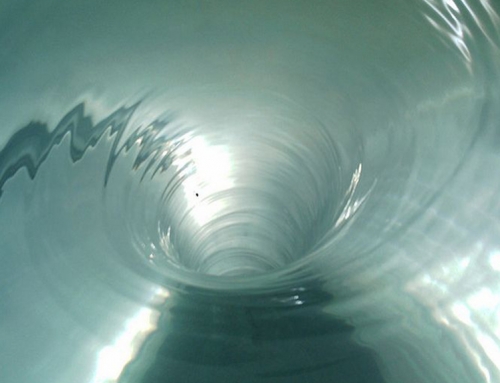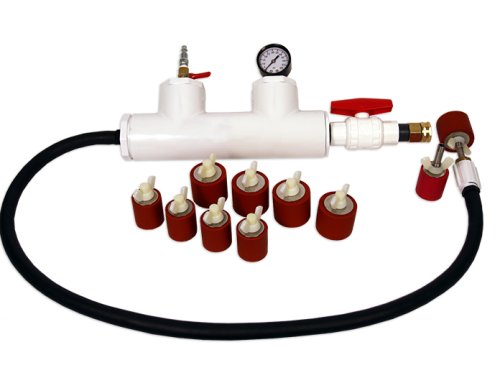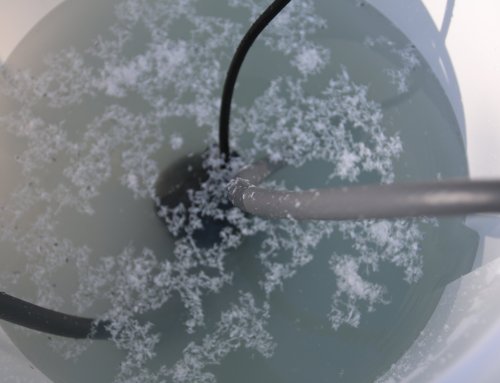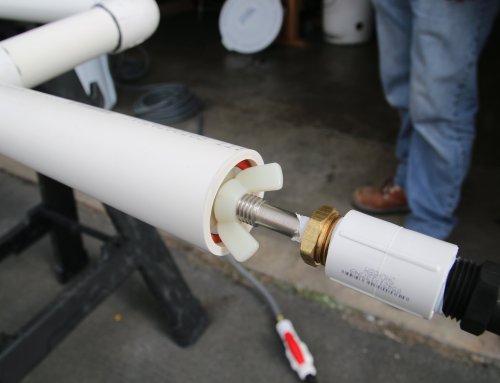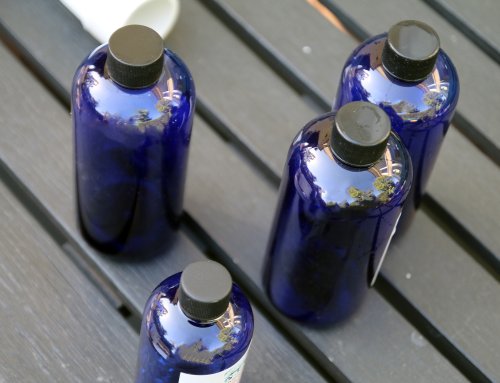Small leaks in your pipes can cause significant losses, including high utility bills. Leaks can be too small even to detect, but if you start noticing the water levels reducing, you have a leak to deal with PipeFuze and LeakShot are sealants that repair leaks in pipes, pools, tubs, and other water features. Although they may seem very similar, they differ in several ways. PipeFuze Vs. LeakShot: Which Sealant To Use?
Here’s a comprehensive explanation of each sealant and where to use them.
PipeFuze Injection System
What is PipeFuze?
PipeFuze is a polymer-based pipe injection method that makes underground pipe repair possible without digging pipes up. With this method, you can easily repair small and undetectable leaks in hard-to-reach places like underneath the driveway, in the wall, behind a pool, etc.
PipeFuze Test
To be successful, you need to perform the PipeFuze test first to ensure the leak can be repaired through this method. This simple pressure drop test helps determine the extent of your leak (and the repair required) by putting the pipes under pressure and measuring the drop. If the drop is more than 5lb in 30 seconds, chances are that the break is too large for PipeFuze to handle
When performing the test, you should only use water and never air. This is because air and water compress differently. Additionally, it is water that will carry PipeFuze sealant through the pipe during repair, as air cannot.
How To Apply PipeFuze
One of the significant ways PipeFuze differs from LeakShot is the application system. The PipeFuze injection system requires injection and return rigs, a mixing bun, an injector pump, and other tools in a PipeFuze Kit.
The process involves injecting the sealant into the line and then shaking vigorously. Here are detailed application instructions for the PipeFuze injection system.
With PipeFuze, you can fill and seal any leaks wherever they occur as long as the leak is not too big that PipeFuze can’t handle.
LeakShot
What is LeakShot?
LeakShot is a liquid composition sealant that forms a bond using the pressure from the water body. It seals leaks on almost any material, from wood to plastic, cement, vinyl, etc.
Ideal leak candidates are pools and tubs that lose about a quarter to two inches of water daily. It’s recommended for small leaks as it’s low-cost, easy, and doesn’t require draining your pool.
To apply LeakShot, pour it in the area of the leak, then brush the fluid around the pool after every few hours. Here are instructions for using LeakShot.
Allow the pool 2-4 days for the seal to harden.
Which Should You Use?
The suitable sealant will depend on the nature of your leak. If the leak is in a hard-to-reach place like underground and the pressure test shows pressure drops of 5 lbs or lower in 30 seconds, the PipeFuze injection system is the ideal solution.
But if it’s a small leak with water loss at a maximum of 2 inches in a day and you are looking for an affordable, easy solution without making a mess, consider LeakShot.
Both are reliable leak repair solutions, but the leak’s size and location will determine the ideal sealant choice. To learn more about both applications, watch the following demonstration videos.

